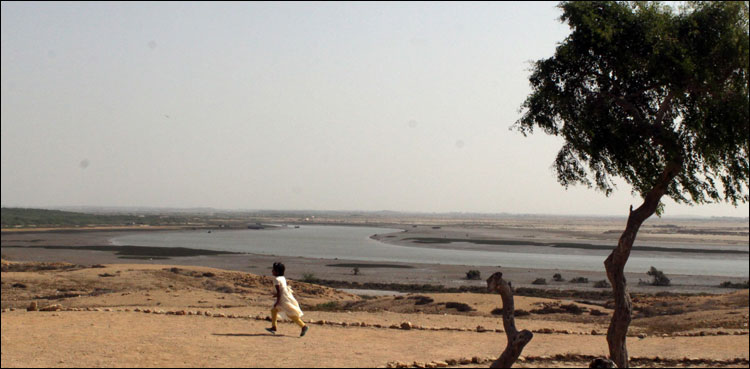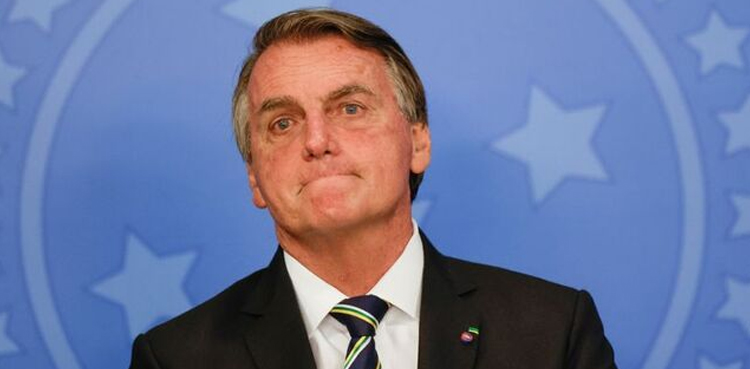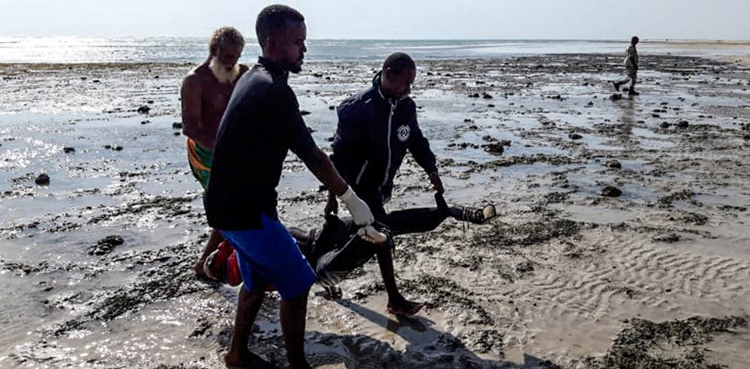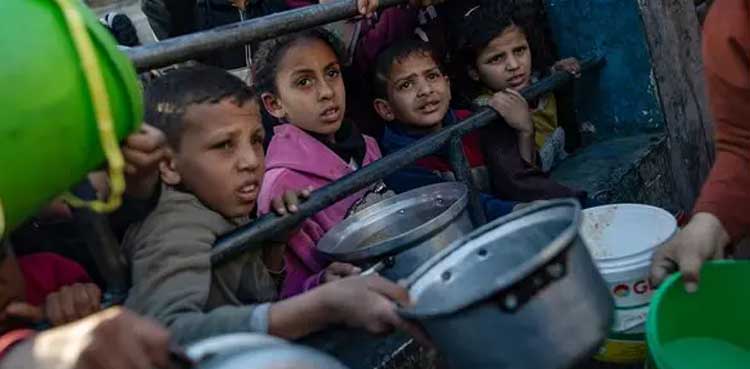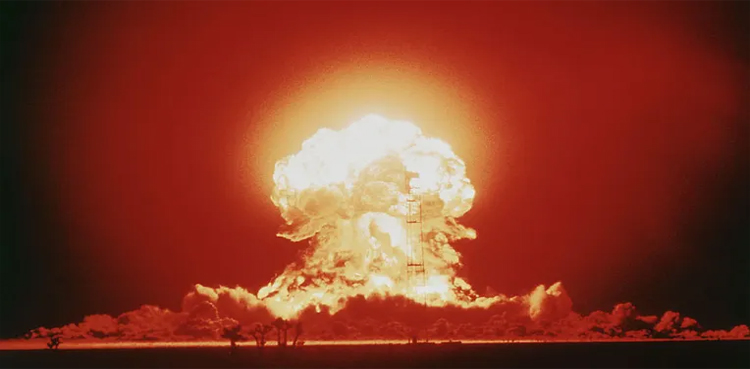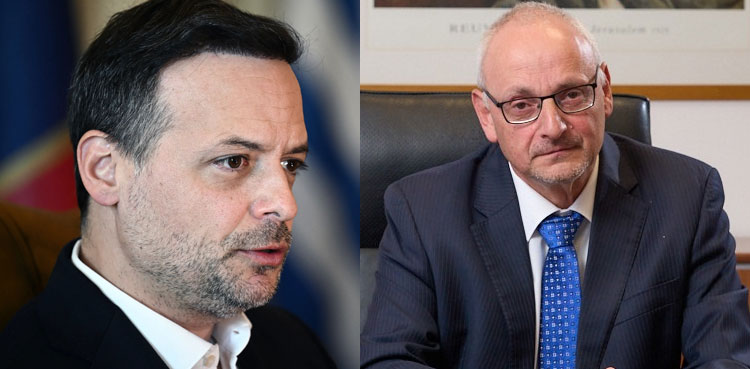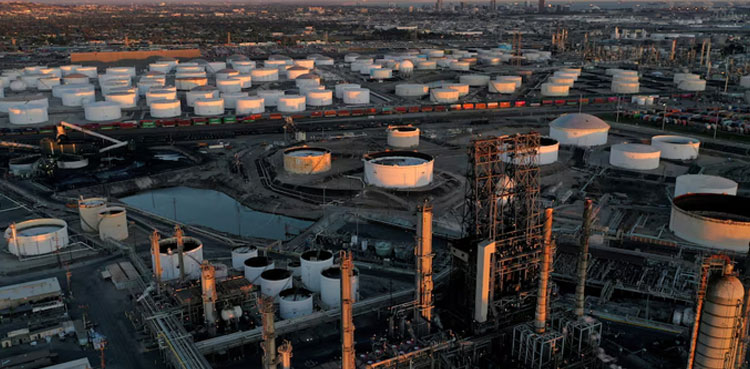RIYADH: Oil giant Saudi Aramco announced its 10th straight drop in quarterly profits on Tuesday as a slump in prices hit revenues, putting more pressure on the key driver of the Saudi economy.
Second-quarter profits slid 22 percent year-on-year to 85 billion riyals ($22.67 billion), extending a decline that stretches back to late 2022.
“The decrease in revenue was mainly due to lower crude oil prices and lower refined and chemical products prices,” Aramco said in its quarterly report.
Aramco’s falling revenues come as Saudi Arabia pursues a costly revamp aimed at reducing its reliance on oil and pivoting towards tourism and business.
Crown Prince Mohammed bin Salman’s Vision 2030 project includes flashy resorts, sprawling entertainment complexes and NEOM, a futuristic $500 billion new city in the desert.
Aramco was trading at 23.97 riyals on Tuesday, 12 percent below the 27.35 riyals price of its secondary share offering last year.
Since a high point of nearly $2.4 trillion in 2022, when oil prices soared following Russia’s invasion of Ukraine, Aramco has lost more than $800 billion in market value.
Oil prices, currently around $70 a barrel, have remained low despite tensions roiling the Middle East, including the short-lived Israel-Iran war in June.
However, Aramco president and CEO Amin H. Nasser remained optimistic, predicting higher demand in the rest of the year.
“Market fundamentals remain strong, and we anticipate oil demand in the second half of 2025 to be more than two million barrels per day higher than the first half,” he said in the report.
On Sunday, Saudi Arabia, Russia and six other key members of the OPEC+ alliance announced a production hike of 547,000 barrels per day as they unwind cuts of 2.2 million bpd that were designed to prop up prices.
‘More downwards than upwards’
Last month, Saudi Arabia’s Jadwa Investment forecast a widening of the budget deficit to 4.3 percent of GDP this year. Oil revenues provided 62 percent of the budget last year.
Aramco’s latest drop in profits was widely expected by industry analysts.
“Oil market forces are more downwards than upwards in the first half of 2025, due to OPEC+ policy shifts and economic uncertainty stemming from the US trade war,” Abu Dhabi-based Ibrahim Abdul Mohsen told AFP.
“This has impacted the profit margins of oil companies, including Aramco.”
But he added: “Saudi Arabia has strong reserves capable of defending financial stability and supporting development projects in the short term.”
Government-owned Aramco listed on the Saudi exchange in the world’s biggest initial public offering in 2019, selling 1.7 percent of its shares at $29.4 billion.
A secondary offering of 0.64 percent of its issued shares raised a further $11.2 billion in June last year.
Aramco has also transferred a 16 percent stake to the Public Investment Fund, the Saudi wealth vehicle that is driving much of Vision 2030.

